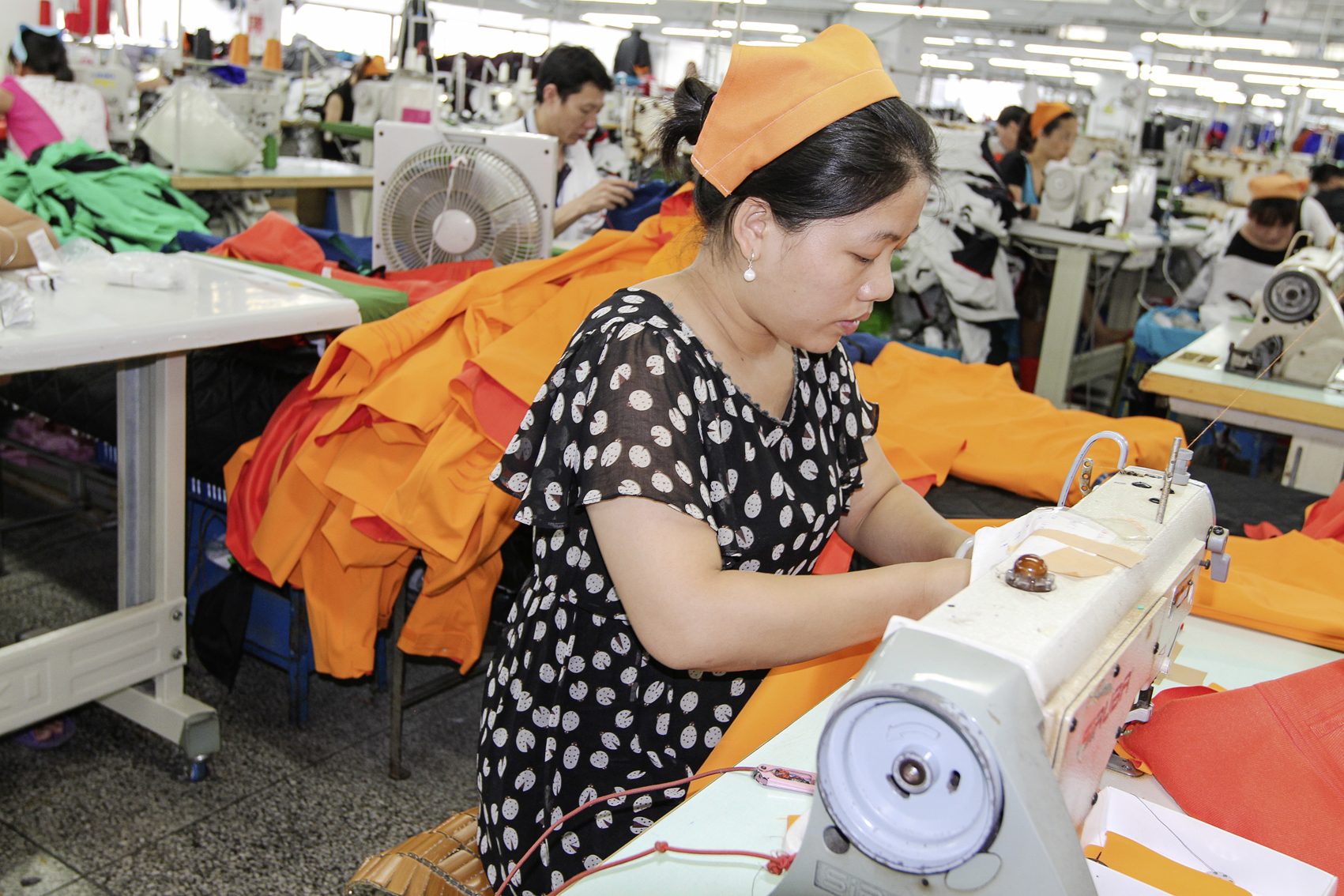
Working together against excessive overtime
16 hours of overtime per week maximum
The FWF has set a limit of 60 working hours per week in their Code of Labour Practices (CoLP). In addition, labor laws in Vietnam allow for up to four hours of overtime per day, a maximum of 16 hours' overtime a week and a total of no more than 300 hours overtime per year.
One day off per week is mandatory
In China, a maximum of three hours’ overtime per day in exceptional cases is allowed in accordance with legal provisions and in consultation with trade unions and workers. No more than 16 hours of overtime per week and 36 hours of overtime per month may occur. In general, there should be no work on Sundays in order to comply with the statutory provision of one rest day per week.
The Fair Wear Foundation (FWF) audit team relies on the information of employees interviewed outside the company premises on this point in particular. Employees know that their anonymity is secure and express themselves more freely.
Violations in the high season
In past audits, there were complaints registered with two producers in Vietnam as well as with producers in China. The main reason was that the legal regulations on overtime were at times exceeded. In addition, workers were only allowed to work a maximum of seven consecutive days. This regulation was also partially breached. Such violations are usually only the case during the peak season - during the off-season, less hours are worked.
Countermeasures against excessive overtime
In the case of excessive overtime, we explore together with the producers the causes and initiate countermeasures when we are responsible. We revise planning processes and improve the distribution of the quantity of products ordered over winter and summer.
We focus on the following questions:
- How is the producer’s production planning?
- Did the producer properly acknowledge and keep to our forecast (for the planned quantities)?
- Were there delays in material deliveries?
- What were the procedures with other customers? Was their production the cause of the problem?





